The inner light of Maspalomas Lighthouse
The general public are now allowed into the Maspalomas Lighthouse, the most emblematic of its kind in Gran Canaria, following its refurbishment and reopening.
Maspalomas Lighthouse illuminates the past, present and future, following its refurbishment and reopening to the general public. From 10.30 to 17.00 (Summer opening hours: from 1 July to 30 September from 11:00 to 17:00) anyone can now gain free entry into the heart of this emblematic maritime landmark, which opened for the first time back in 1890, a time when it guided sailors safely around the waters to the south of Gran Canaria.


This Site of Cultural Interest measures 58 metres high, and was designed by distinguished Gran Canarian engineer Juan León y Castillo. It continues to serve its purpose today, while it looks forward to a new and bright future, thanks to the painstaking work that gone into its restoration, including the replacing of the old cladding with an iron structure on the inner patio to allow the southern light to shine through a skylight.
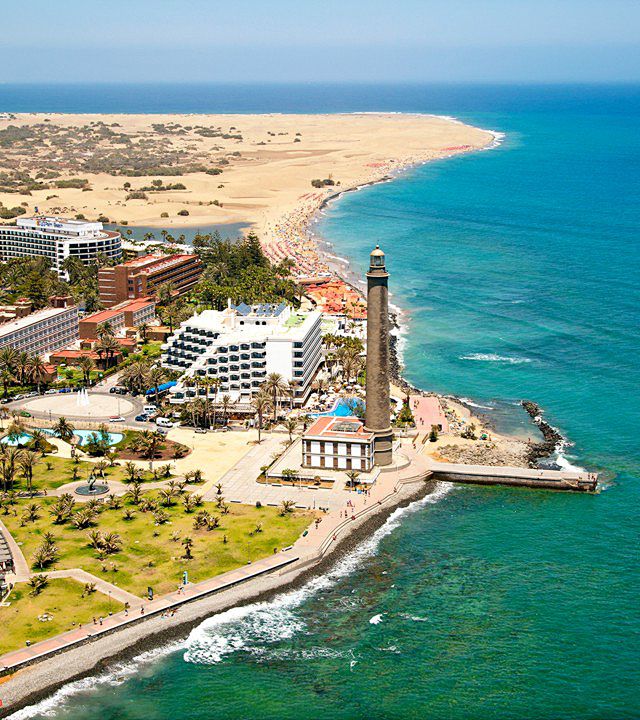
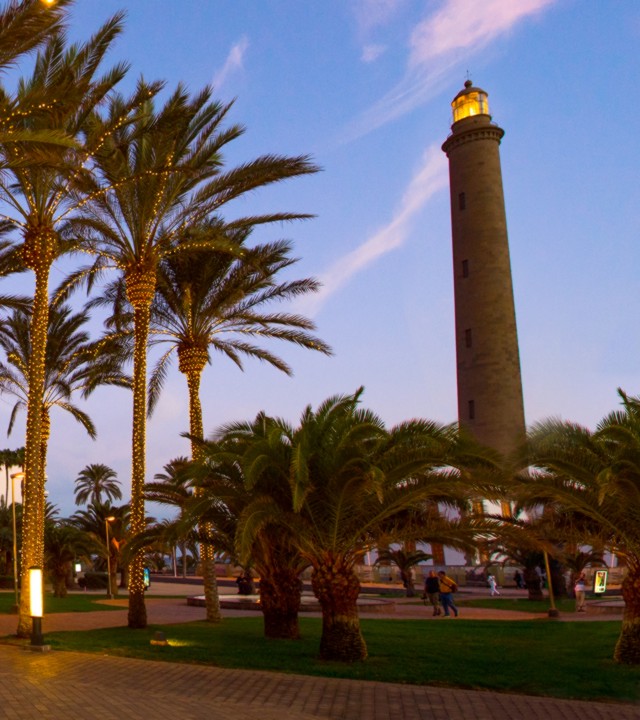
Besides this, its second phase of construction will house a modern tourism office and arts and crafts shop on the ground floor, with a ethnographic centre on the floor immediately above, which will provide visitors with a historical tour from the 15th through to the 20th century, a journey which will include several stop offs at the aboriginal period, and through a series of writings by travellers who stopped off at one time or another in the Canaries, offering a historical insight into traditional trades from Gran Canaria.
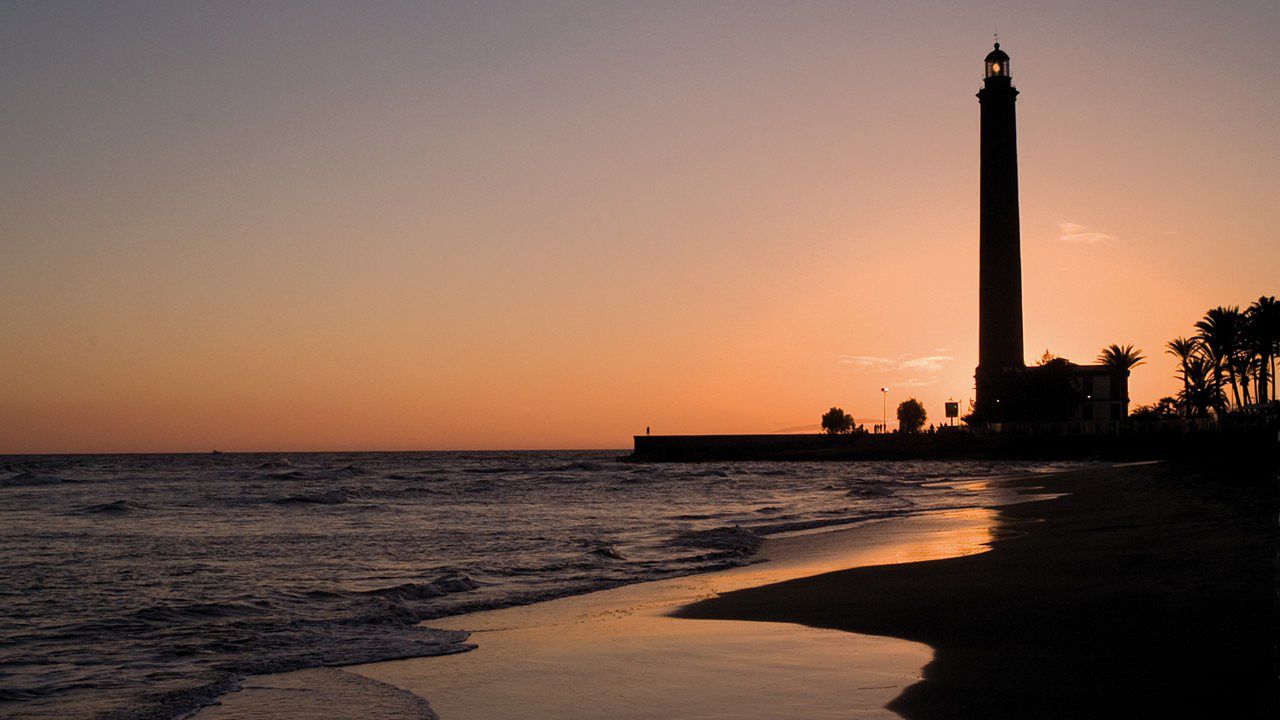
The building work has been financed by the Cabildo de Gran Canaria at a cost of 1.4 million euros, and includes the refurbishment of the roof, which now provides an extraordinary vantage point from which to marvel at the panoramic views over the resounding, dazzling southern seas, Maspalomas Dunes and its Pond, and the surrounding mountains.
For the time being, and until the museum project has been assigned and is up and running, Maspalomas Lighthouse will be home to an exhibition of crafts linked to rural housing in Gran Canaria, as a backdrop for showcasing different rooms and annexes, such as the barn and the oven, with a wide range of household items used regularly through to the middle of the 20th century. Also on display is an array of contemporary products from the textile sector inspired by traditional artisan techniques, plus a dolls house dating from 1930, with seventeen rooms containing furniture made by local craftsmen and women from Arucas. All this inside this emblematic Atlantic lookout that is now shining brighter than ever.

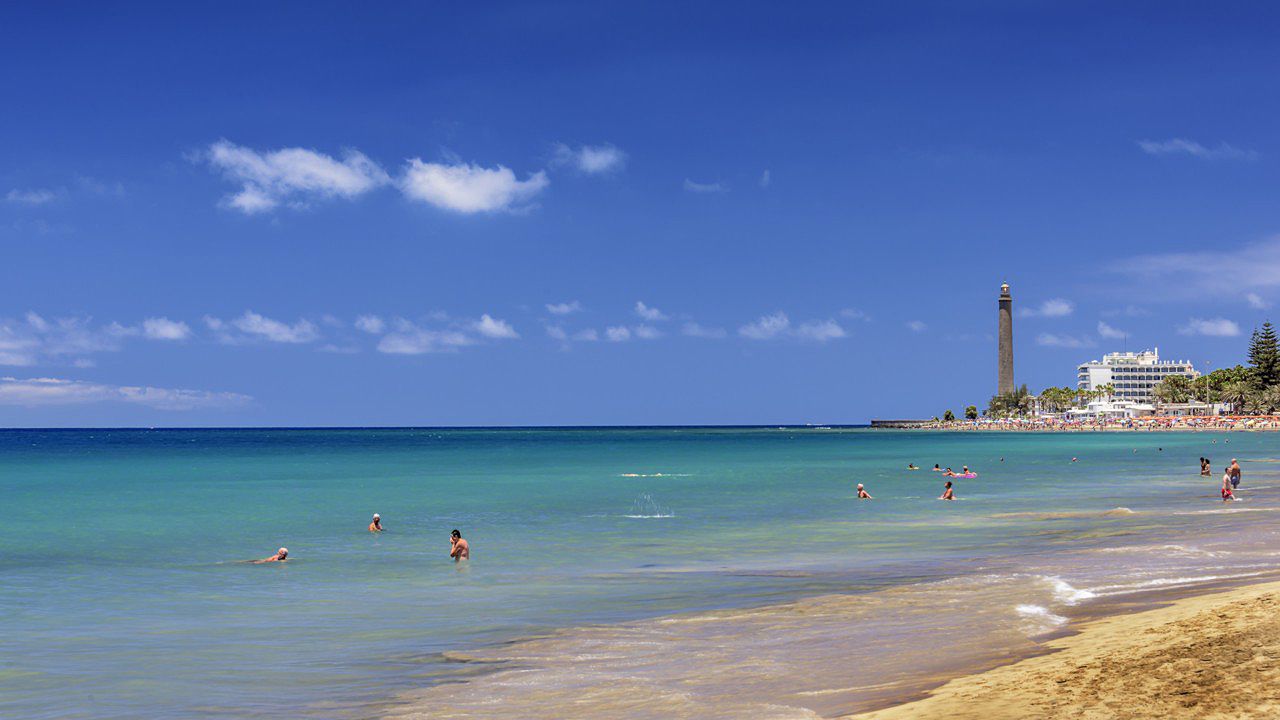
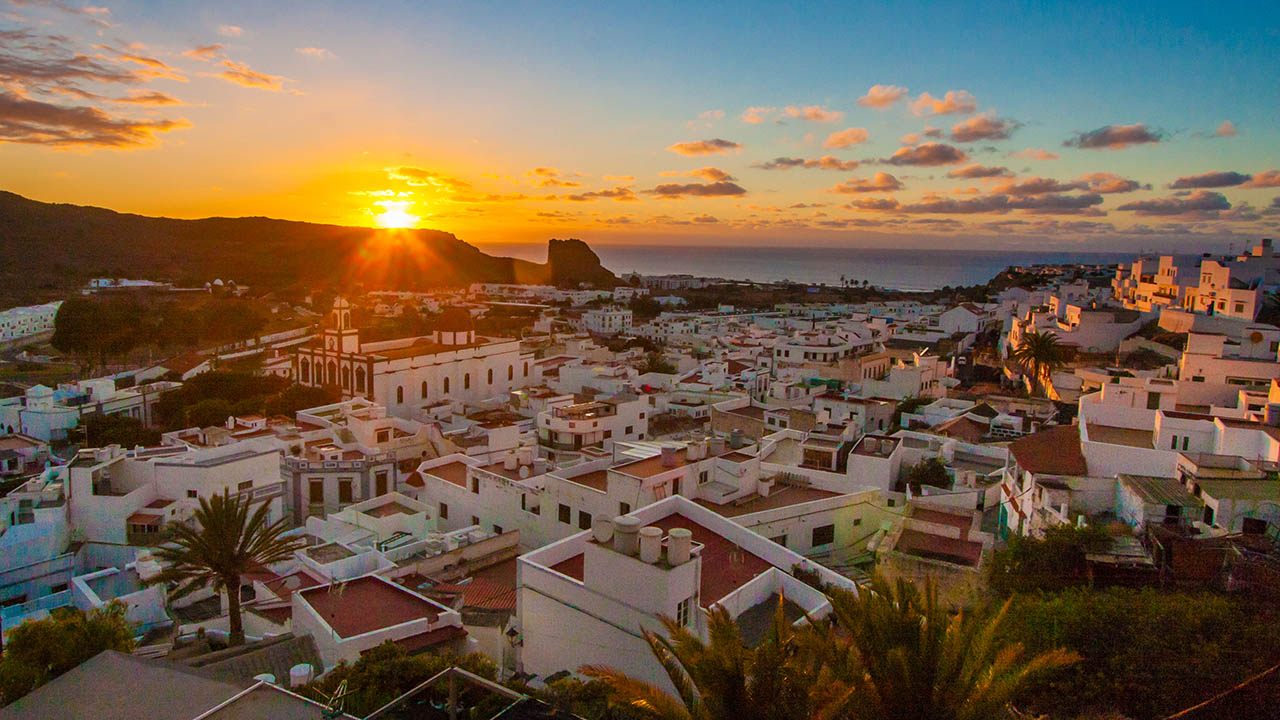
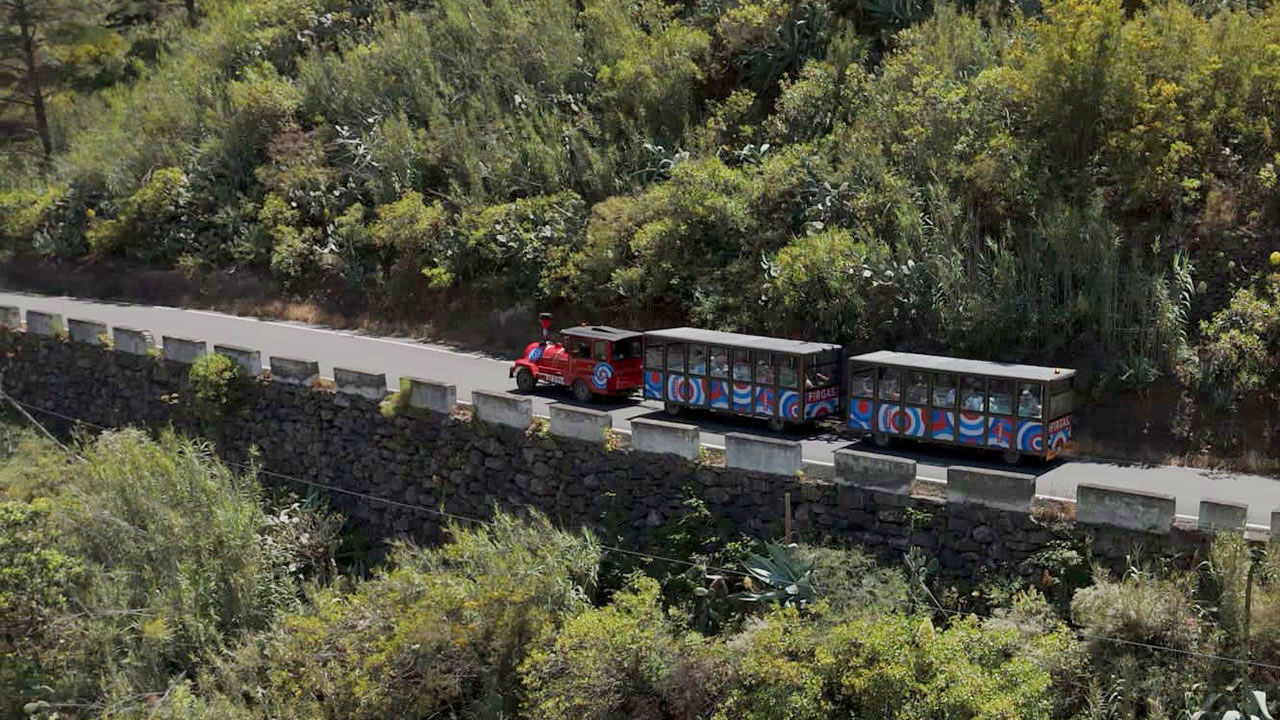
Comments are disabled for this post.